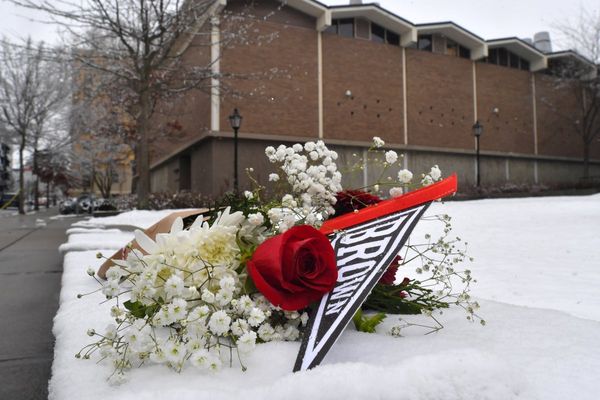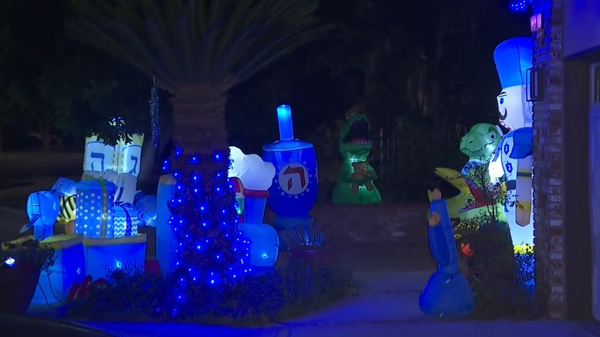It’s easy to forget, the moment you’re installing a new security setup, that all those blinking sensors and cloud-connected devices are quietly adding to your footprint. You get focused on the safety, reliability, and the fact that someone is watching over things when you’re not. And rightfully so. That is one of the most important things when it comes to security.
But the truth is, back to base security systems in Sydney are always on. And in a world where we’re trying to cut back on energy usage, reduce server load, and rethink how we use technology at scale, it’s fair to ask “How much power is actually running behind the scenes?”.
Not just at your front door or above your garage, but inside the networked infrastructure that supports it. The 24/7 monitoring centres, the cloud storage for footage, the routers and relay towers keeping your system in sync. A few years ago, these systems were rare. Now, it feels like everyone knows at least one person who’s working with Sydney monitoring alarm installers to upgrade their home, rental, or office to a monitored security setup.
So here’s the question: Are we quietly adding to the problem we’re trying to solve on a bigger scale when protecting our property?
Always Watching Means Always Running
We’ll start with the obvious, and that’s the fact that these systems don’t take a break. If your alarm is monitored professionally, it’s not just the siren or camera that’s on standby, it’s the entire connection loop. That means constant communication between your alarm panel, your cloud dashboard, and a remote team that’s waiting for something to trigger.
If you’re someone who works in sustainability, this might already be setting off some alarms. Not huge ones obviously, because back to base alarm systems don’t draw anywhere near the energy of a factory or server farm. But back to base alarm systems are still part of the growing family of ‘ambient technologies’ that use small amounts of energy 24/7.
And when you multiply by that the tens of thousands of properties across Sydney doing the exact same thing? It starts to add up.
A Security Network You Don’t See in Sydney
We often think our Sydney home tech is limited to the devices within reach such as phones, laptops, TVs, etc. but security systems such as back to base systems have a different relationship with the network. They use it more quietly, more consistently.
Every day in the background, back to base alarm systems are using sensor ping central servers, cloud-connected cameras, recorded footage storage, and more. And all of this requires power. Not much at a time, but once again - constantly. And it uses not just your electricity, but bandwidth and data centre capacity, which often isn’t factored into home energy assessments in Sydney.
The Hardware
There’s another layer to this conversation that’s easy to skip over, and that’s hardware turnover. Security tech, especially in the consumer and SME markets, tends to update fast. The software that powers your back to base security system might be useful in five years, but the manufacturer might stop supporting the firmware. Or a new protocol rolls out and suddenly the sensors you installed in 2020 are incompatible with your new control panel.
And unlike a phone or laptop, most back to base security system components aren’t designed with modularity or easy recycling in mind. They’re small, sealed units that are essentially plastic shells with embedded batteries and proprietary chips. When they stop working, they often get thrown out, not repaired.
In Sydney, where e-waste is a growing issue and infrastructure for recycling electronics is still catching up, this creates a quiet pile of discarded devices that had very little physical damage, just no firmware support.
A Culture Shift in Sydney Might Be Coming
Security used to be a bit like insurance. Something you bought and hoped you never had to use. Now, with smart systems and 24/7 apps, it’s part of everyday digital life. We check our feeds like we check the weather. We get alerts in real-time. We interact with our homes and business from kilometres away all across Sydney and Australia.
That closeness might open a door to asking more from our technology. Not just ‘does it work?’, but ‘does it work well, and efficiently, and responsibly?’. And Maybe that’s where sustainability starts, not in the specs sheet, but in how we think about the technology we live with.
So, Are Sydney Back to Base Alarm Systems Sustainable?
This isn’t an article telling you to rip out your back to base alarm system or go live in the bush. But maybe it’s a nudge to think about what our so-called ‘invisible tech’ is costing us, and what we could be doing to balance things a bit better.
If we’re building a city like Sydney full of always-on security, it’s worth making sure those systems are as thoughtful and future-proof as the places they’re protecting.
Because security isn’t just about watching. It’s about being aware of the risks, but also of the impact of the tools we use to feel safe.







